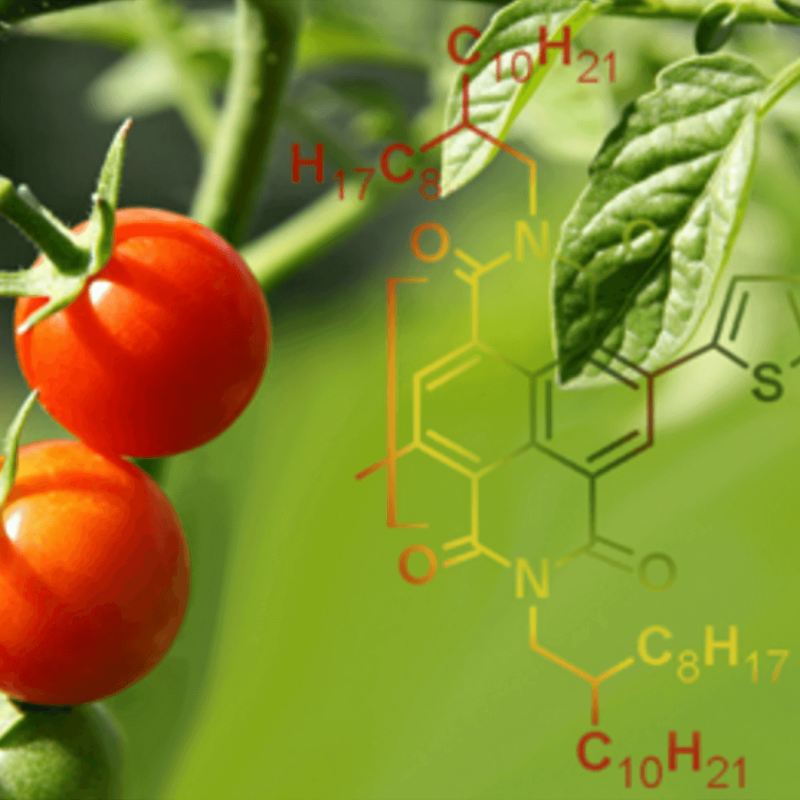Podcast: Play in new window | Download
Subscribe: RSS
Join geneticist Kevin Folta and GLP editor Cameron English on this episode of Science Facts and Fallacies as they break down these latest news stories:
Activist group Environmental Defense Fund (EDF) claims there are 10,000 chemicals in the food we consume, and each substance should be monitored by regulators. What’s wrong with this proposal? A lot, say two experts. There are far more than 10,000 chemicals in food as it turns out (coffee alone contains more than 1,000), so regulating every one of them is simply not possible.
What food safety officials at the FDA actually do is carefully evaluate products before they’re commercialized and then monitor their ongoing effects on public health. Because of this system, our chemical experts say, we know that “our food is already safe. The enormous effort required to examine minute levels of thousands of common chemicals won’t make it any safer. It’s just a waste of time and money.”
Juniper berries used to produce gin might soon be in short supply if a devastating fungus threatening juniper trees in the UK isn’t brought to heel. The possible result: bye bye, gin and tonics. The good news is that plant breeders have identified some trees with natural resistance to the disease-causing fungus. If they can regenerate these heartier varieties in time, one of the world’s favorite drinks could be spared an untimely death.
After nearly two decades, Del Monte has finally released its genetically modified pineapple, which features a pink interior and a “sweeter, juicer” flavor than its conventional counterpart, but the two are otherwise identical. The “new pineapple has been genetically engineered to produce lower levels of the enzymes already in conventional pineapple that convert the pink pigment lycopene to the yellow pigment beta carotene,” The FDA wrote in its consultation. “Lycopene is the pigment that makes tomatoes red and watermelons pink, so it is commonly and safely consumed. ”
The food safety agency approved the GM fruit variety in 2016, so why did it take so long to get it into consumers (online) shopping carts? The souped-up pineapple is only available online through Del Monte’s website for $49.
Subscribe to the Science Facts and Fallacies Podcast on iTunes and Spotify.
Kevin M. Folta is a professor in the Horticultural Sciences Department at the University of Florida. Follow Professor Folta on Twitter @kevinfolta
Cameron J. English is the GLP’s managing editor. BIO. Follow him on Twitter @camjenglish































